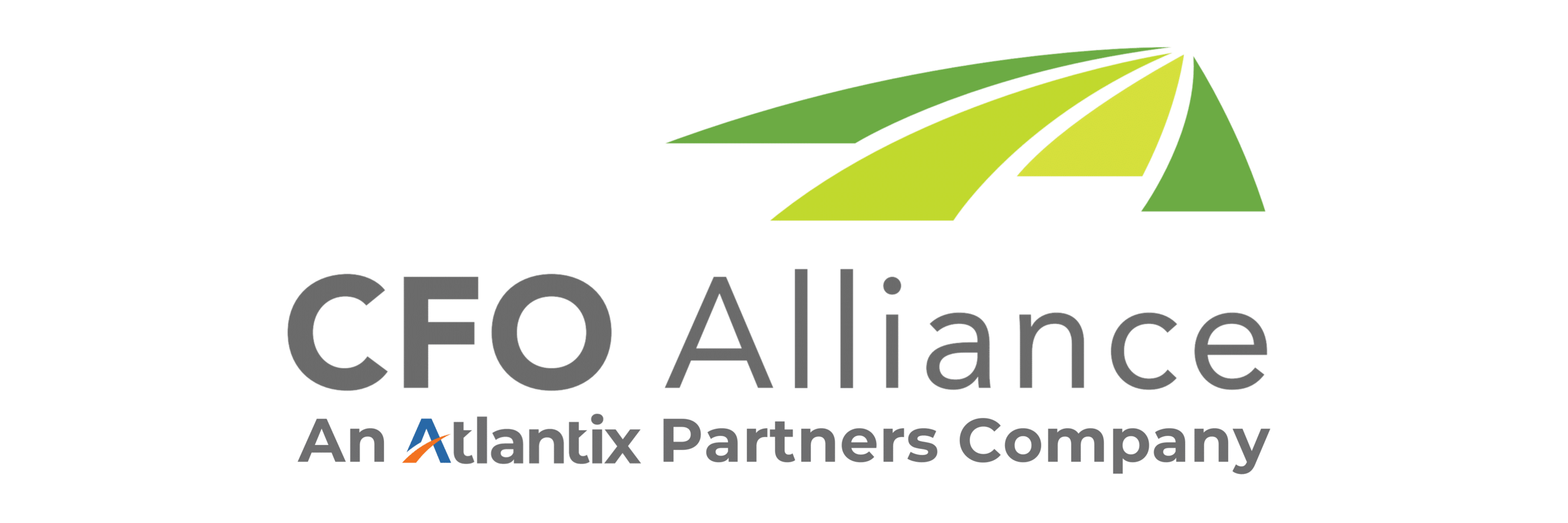 April is Financial Literacy Month
April is Financial Literacy Month
A high holiday at CFO Alliance – as it reminds us all how important it is to establish and maintain healthy financial habits, effectively handle money and deal with debt.
But if you’re reading this, there’s a pretty good chance you already understand the importance of financial literacy and are fluent in this universal language of business.
We think about financial literacy – a lot. And we wonder why talking about money and finances is still taboo.
Maybe because, for many, money concepts aren’t simple mathematics; it’s an emotional journey deeply rooted in complex and deep-seated experiences from our upbringing.
So, wouldn’t the world be a better place if financial literacy was demystified? Can you imagine people talking openly about finances? Or even better – when financial concepts are consistently taught to kids in school? It would go a long way in preparing everyone to navigate their financial journey with educated confidence, rather than happenstance and emotion.
According to the Council for Economic Education, one in five 15-year-olds in the U.S. lacked basic financial literacy in 2017. And while some progress has been made in school curriculum in recent years, still only one-third of U.S. states require high school students to take a personal finance class in order to graduate.
Pretty crazy if you ask us.
In talking about this at the office the other day, we discovered a few simple things we each do to introduce money and financial concepts to our kids. And as I listened to our team, some light bulbs went off and I found myself excited to incorporate some of these ideas at home.
Lessons in Literacy
1. Wealth Accumulation & World Currencies
Seems obvious – almost too obvious – but piggy banks provide the perfect foray into financial literacy.
Melissa Knox, our VP of Delivery & Operations, began traveling with her daughter when she was 2. On each trip, they would collect various coins from around the world, and deposit them into her piggy bank. This gave her daughter a chance to have fun saving and accumulating money from different parts of the world. They would talk about each coin, and as her daughter got older, Melissa would create easy math scenarios to help her appreciate the different values of the coins.
This playful approach created opportunities for Melissa to engage her daughter in more advanced finance, accounting, and process conversations as she got older, without it being intimidating.
2. ClassDojo & Delayed Gratification
Chris Morgan, Senior Manager of Innovation, and doting dad to four boys ages 8 and under, explained how he uses digital reward system ClassDojo to teach them financial concepts.
“We use the ClassDojo app to encourage positive behavior. It’s a simple tally system, but the app helps engage our kids through fun monster emojis and provides different kinds of reward buckets that can range from chores to being a supportive brother. We’ve established a threshold of points they must reach before those points can become eligible to trade in for money for something they want to buy.
“As a result, we’ve seen them associate work and good behavior with creating value for themselves and others, as well as developing an awareness of the economic concept of utility, or more simply put – we see them asking the question, ‘Is this product worth it?’ when considering a purchase.”
3. Monopoly & Mortgages
Yes, that Monopoly. A fixture of every household’s board game inventory since 1935, it’s no coincidence that Monopoly was created in the thick of the Great Depression. That Hasbro is one smart company.
By all appearances, Monopoly may seem like simple child’s play, but it provides profound – and fun – teachable moments, opening up opportunities to talk through hypothetical financial decisions with real-world impact.
And admit it – we all have our own monopoly strategy that has been carefully crafted over many decades, right? Some of us buy as many properties as quickly as possible in hopes of maximizing return on investment, while others save precious cash for strategic purchases.
This is a great example of how teachable moments can come in a variety of forms, even by playing a game. From teaching children about cash flow, savings, investments, the importance of diversifying your portfolio, supply and demand, the barter system, mortgages, the cost of borrowing, and limited resources, Monopoly is a thinly veiled lesson in financial literacy. It’s like hiding vegetables in their food.
And since kids are as curious as they are capable of grasping these concepts, connecting with them in this way encourages their earning and ultimate financial independence.
What do you do to make financial literacy more accessible and fun – at home or elsewhere? We’d love to hear from you. Let’s get the conversation started and make financial literacy progress together.
